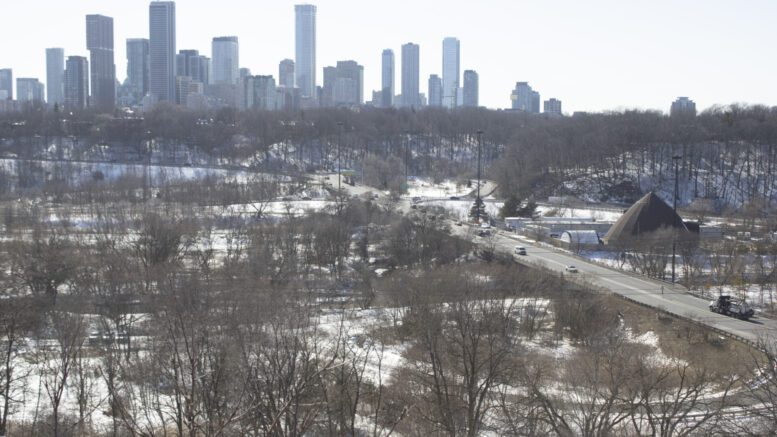Environmental activists are questioning the motivation behind Metrolinx’s decision to move the GO Train layover facility, suspecting future plans for the Don Valley.
The new site for the GO Train layover facility is on the Richmond Hill GO Line, at a light industrial area near York Mills Road and Leslie Street. According to a statement from Metrolinx, the proposed location “meets the required proximity to Union Station” to allow operations to run smoothly while providing available storage space.
Floyd Ruskin, a member of the group A Park for All, was opposed to the original plan due to the environmental damage it would cause. The advocate was initially pleased about the move but was skeptical about the selected location.
“They haven’t listened to Toronto City Council, they disregard opposing MPPs … so why all of a sudden after three years they’ve decided to move to a location that doesn’t really fit their criteria of proximity,” Ruskin said.
Metrolinx says continued talks with Indigenous Nations and stakeholders will carry over on the new site to finalize the logistics for the On-Corridor Works project.
Community members have worked for three years to encourage Metrolinx to change its plans.
Ruskin views the agency’s handling of community feedback as “one-way communication,” believing the displeasure vocalized by community members didn’t factor into the decision to change locations for the new storage facility.
“I would love to think we have an impact on Metrolinx,” said Ruskin. “I would love to think that we live in a society where the powers that be will listen to community concerns, recognize environmental concerns and take appropriate action.”
Metrolinx confirmed plans to cut down nearly 2,800 trees from the Don Valley to make way for construction of the Ontario Line, undermining the efforts from activist groups to converse and restore Toronto’s green infrastructure.
The transit agency is also under scrutiny for removing trees at Osgoode Hall and Moss Park.
Ruskin notes the affected trees are heavily relied upon by various species and can take several decades to restore the damaged ecosystem.
“Each tree supports a tremendous and diverse biosystem that supports insects, amphibians, salamanders, snakes, amphibians, small mammals, birds, foxes and so forth,” Ruskin said. “Metrolinx likes to paint it as a picture of a tree, but the ecosystem is more complex than that.”
Though improvements to Toronto’s transit system are essential, Ruskin suggests transit planners strategize with environmental factors in mind.

